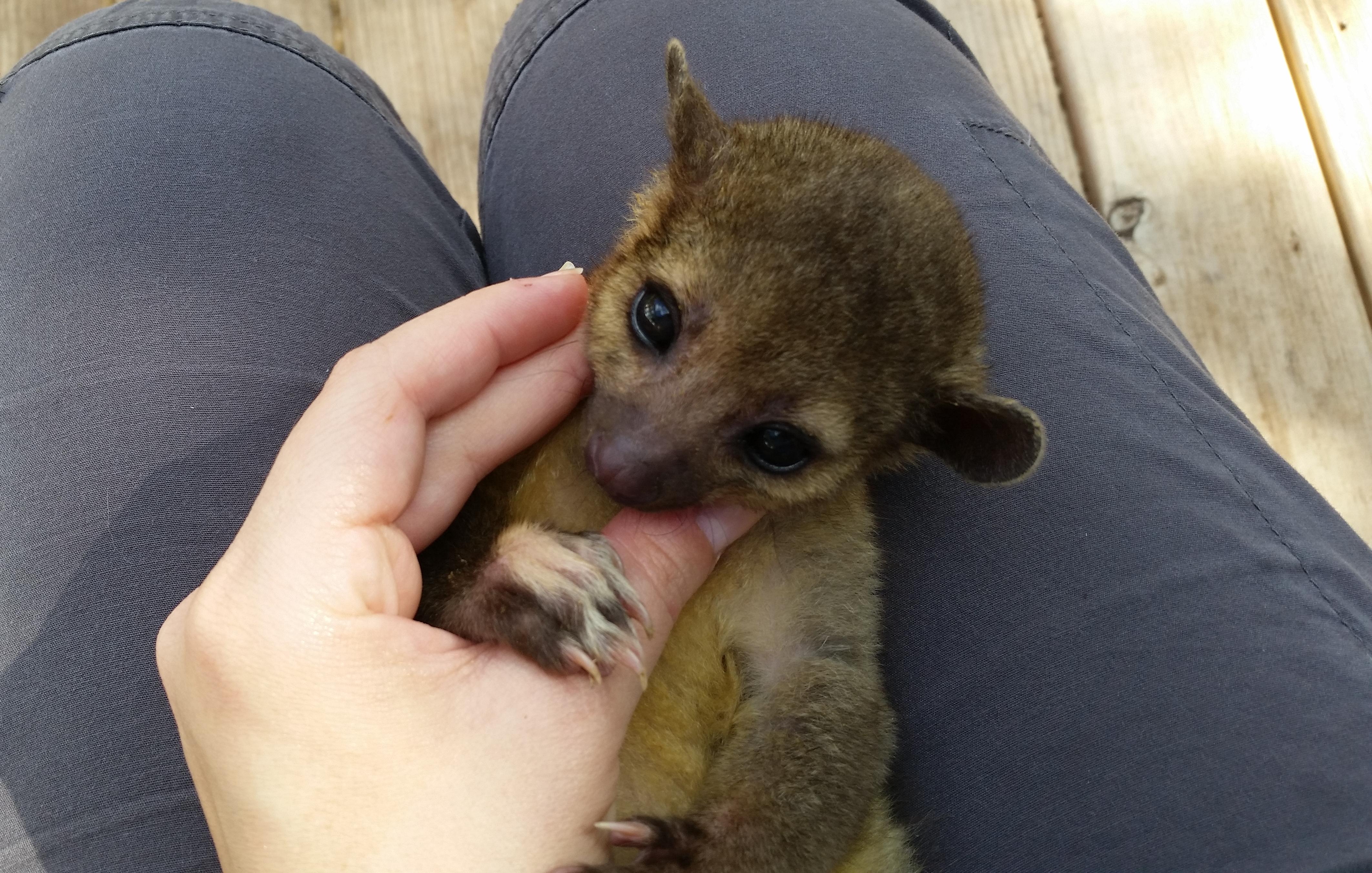Research
Global trade in exotic pets
Analysis of CITES trade records and published literature on the wildlife trade revealed staggering numbers of animals traded live (presumably destined for the pet trade) involving over 500 species of bird (approximately half of which are parrots), almost 500 species of reptile (mostly turtles, lizards and snakes) and over 100 species of mammal (mostly carnivores and primates). Although most species of all taxa traded alive tended to be non-threatened species, there was evidence that threatened mammals and reptiles (but not birds) were preferred by consumers (or that the pet trade was driving their decline), and a large proportion of traded animals (of all taxa) were CITES Appendix I listed species. There are clearly significant welfare issues involved in the trade of live animals but, worryingly, from a conservation point of view, over half of all carnivores and primates traded live legally (for commercial and private purposes) are taken from the wild. These include squirrel monkeys, capuchins, fennec foxes and kinkajous – all of which are popular exotic pets. In addition to well-known wildlife trade hubs in Southeast Asia and South America, our analyses revealed an emerging role of the Middle East (as an importer of, for example, falcons and larger charismatic mammals) and Africa (as a source) – and, in contrast to the widely publicised role of North America as the world’s largest importer of exotic pets, Africa (predominantly South Africa) emerged as the largest importer of live (commercially-traded) wild-sourced mammals. The sustainability of this global trade and its associated welfare issues warrants further attention.
Related pages
Wildlife Trade
Animal welfare in the wildlife trade
Lion bones
Pangolins – poaching, trafficking and publicity
The impact of bear bile farming on conservation of wild bears
See also Exotic pets and reducing demand
Publications
Bush, E. R., S. E. Baker, and D. W. Macdonald. (2014) Global trade in exotic pets 2006-2012. Conservation Biology 28:663-676.
Harrington, L. A. 2015. International commercial trade in live carnivores and primates 2006-2012: comment on Bush et al. (2014) Conservation Biology 29:293-296.
-
 Pet kinkajou (This individual is from captive parents but up to 100 are taken from the wild every year). © Janda Exotics
Pet kinkajou (This individual is from captive parents but up to 100 are taken from the wild every year). © Janda Exotics





